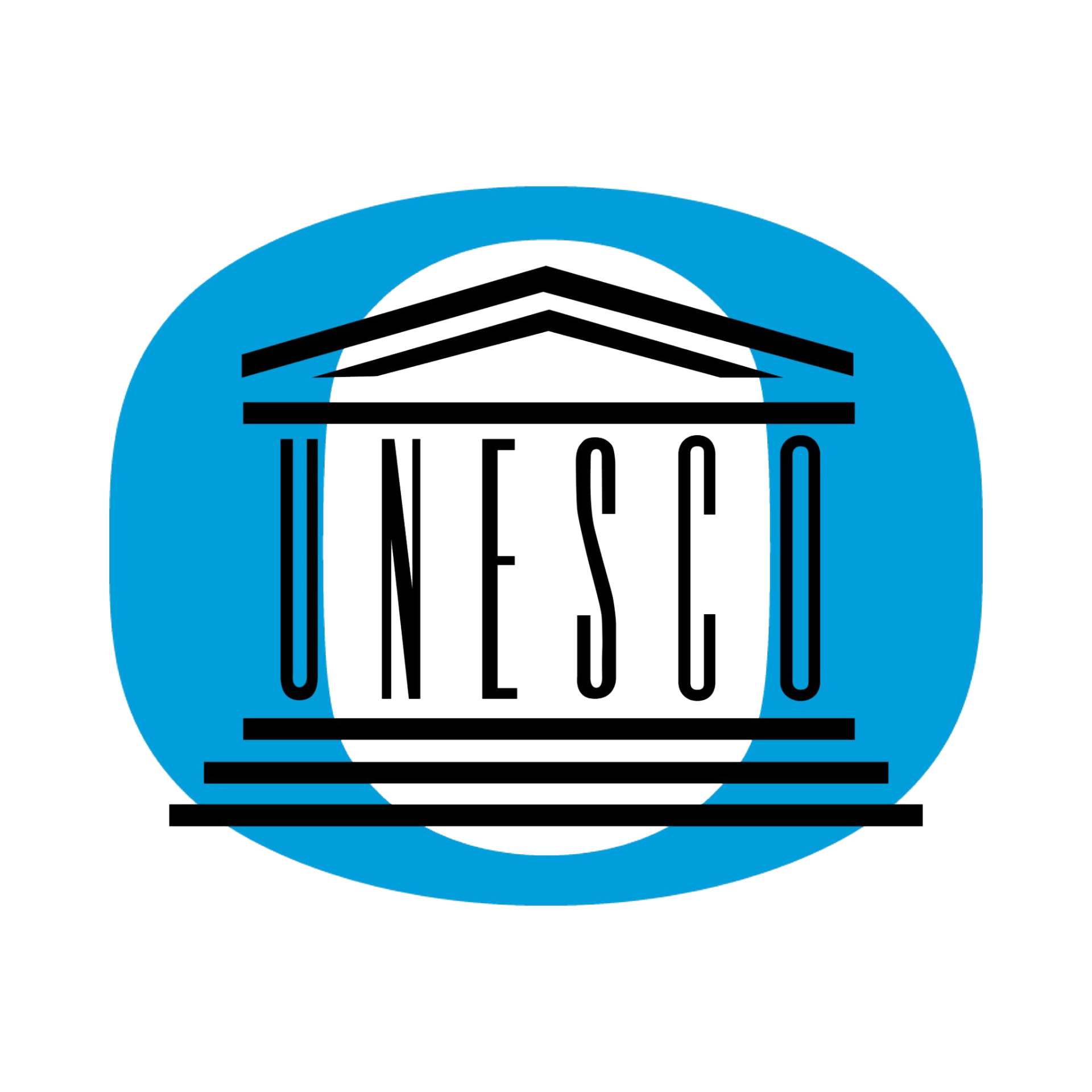Written by Tarek Anthony, Ellie Johnson, James Lejeune and Sydney Seymour
UNESCO’s 2025 World Press Freedom Day conference, “Reporting in the Brave New World: The Impact of Artificial Intelligence and the Media,” was held at Bozar Center for Fine Arts in Brussels, Belgium, on Wednesday, May 7. The 32nd annual conference highlighted the impact of AI on information as a public good, press freedom and the media.
Journalists from all around the world gathered to discuss this year’s most urgent themes: restrictions on press freedom around the world and the introduction of AI into the journalism industry.
The international non-governmental organization, Reporters Without Borders, released their annual Press Freedom Index two days ago, just before the conference. For the first time in the history of the index, the current news media landscape is classified as “a difficult situation.”
This year’s score came as a warning call to journalists around the world. It put a spotlight on the reality faced by reporters every day in conflict zones like the Middle East, Eastern Europe, and parts of Latin America.
Speakers discussed experiences they dealt with to exemplify that this struggle is not isolated to any particular region.
This came in tandem with a difficult and enlightening discourse surrounding the evolving presence of AI as both a possible tool—and a possible threat—to the kind of journalism the press of the world has come to know.
Throughout the day, panelists tackled crucial questions about AI, ranging from its endless opportunities to its uncertainties.
In the first panel of the afternoon session, “AI and the future of Journalism,” led by Politico Europe Managing Editor Laura Greenhalgh, focused on how journalists and AI coders can work together to enhance the delivery of content, as well as their concerns and hopes for the future of AI in journalism.
“We are at a crossroads in many aspects of journalism, but also AI at large,” said Lucie-Aimée Kaffee, the European Union Policy Lead and Applied Researcher at Hugging Face, an open-source platform where journalists can collaborate, build tools, and find data sets. Collaboration across newsrooms to find an answer to the question of “what we want AI to look like” is extremely important to Kaffee.
In addition to calling for experimenting with collaboration, Thibaut Bruttin, Director-General of Reporters Without Borders and Chair of the Forum for Information and Democracy, discussed the importance of remembering the role of humanity in journalism.
“Journalism is about the human experience, and journalism words or without technology, is still something that requires human intelligence at some point,” said Thibaut. He noted that these types of conversations are often avoided, especially at conferences like these.
He had some interesting thoughts about the way AI should be considered when implementing it into modern media. “If you keep the ethical boundaries and the guidelines—if you remain within a perspective of the ontology—there is a way to organize personalization that is not detrimental to the truth.”
Although the rhetoric throughout the conference was at times sobering, there was an air of pragmatic optimism for the future of journalism and the next generation of reporters. Their job is deceivingly simple: chase the truth.



